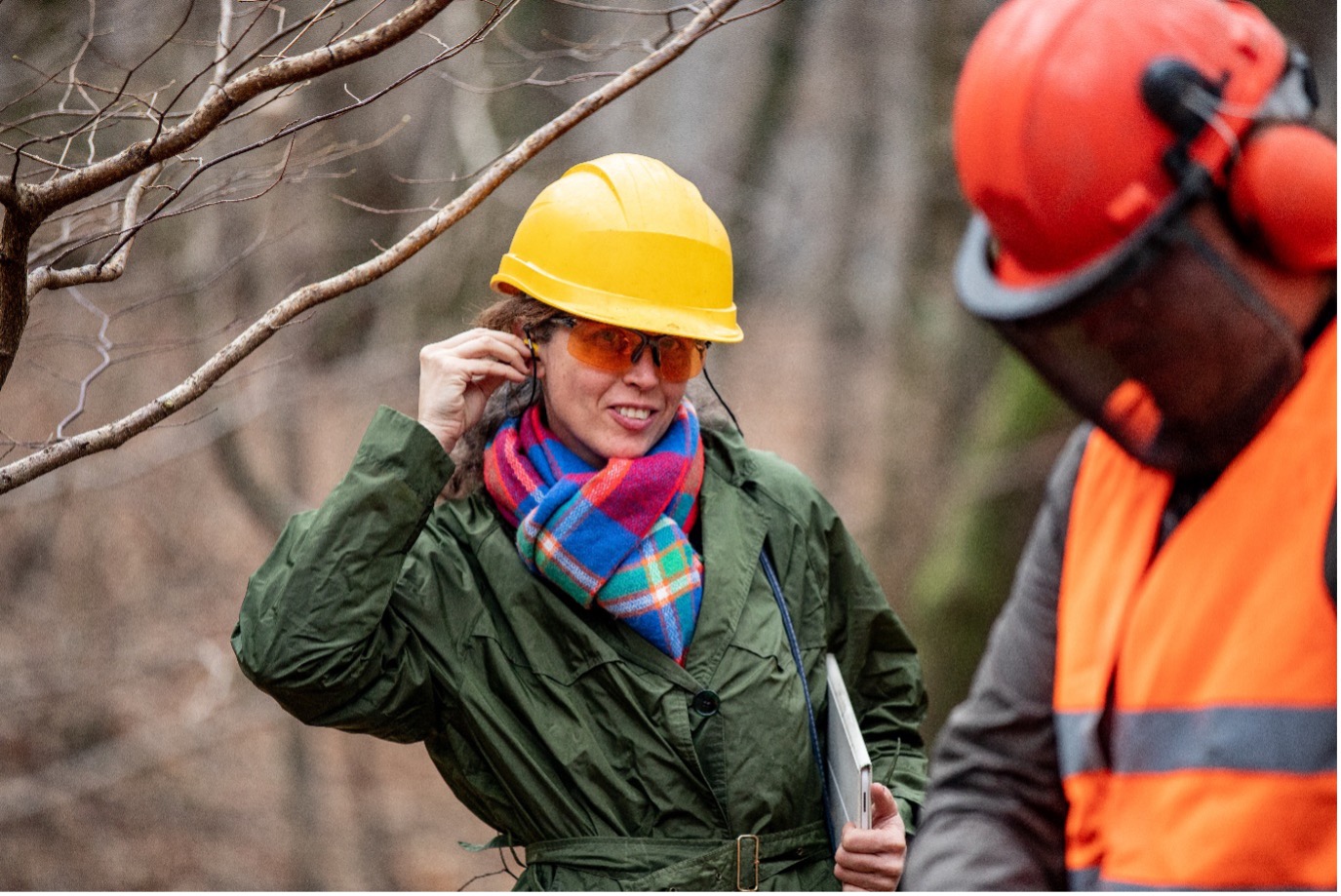
Our ears might be a bit funny looking, but don’t let their cute little flaps and folds deceive you: when it comes to job performance, they’re dead serious. Because if you don’t take steps to protect your hearing, you’ll lose it. And there’s no getting it back. It’s important to think about what you can do to protect your ears and preserve your hearing – and to find out more about the signs of hearing loss to help determine if you or someone you love is experiencing it.
How loud is too loud?
The first step in protecting your hearing is knowing what the damage threshold actually is. According to the CDC, this is how fast we might reach the maximum amount of noise our ears can handle during the course of a day before damage occurs:
- 8 hours – 85 dB
- 4 hours – 88 dB
- 2 hours – 91 dB
- 60 minutes – 94 dB
- 30 minutes – 97 dB
- 15 minutes – 110 dB
- Immediate harm – over 120dB
To put that into perspective, the maximum volume on personal listening devices, TVs, stereos, rock concerts, bars, and nightclubs is 105 – 110dB. Gas-powered lawn mowers and leaf blowers are usually 80 – 85dB. Chainsaws are 115 decibels, which is 32 times louder than conversation.
So yes, that means everyday activities like mowing the lawn and watching TV may be damaging your hearing.
The extent of damage caused by excessive noise and the speed of onset depends on the length of your exposure to the noise, the sound level, your proximity to the source of the noise, and your level of hearing protection. If you’re curious about how loud your environment actually is, there are free sound level meter apps that allow you to test decibel levels on your smartphone.
Yikes! How can I protect my hearing?
 As a good rule of thumb, if you have to shout to be heard, the noise around you is too loud and you’re risking your hearing health. Turn down the volume (and never turn the volume up past 60% when you’re using earphones or earbuds), take frequent breaks from noisy environments to give your ears a rest, and use hearing protection like earplugs or hearing protection earmuffs.
As a good rule of thumb, if you have to shout to be heard, the noise around you is too loud and you’re risking your hearing health. Turn down the volume (and never turn the volume up past 60% when you’re using earphones or earbuds), take frequent breaks from noisy environments to give your ears a rest, and use hearing protection like earplugs or hearing protection earmuffs.
Note that it’s important to insert foam earplugs correctly to ensure a proper seal. Start by rolling the foam earplug between your thumb and fingers and compress it into a thin cylinder like shape. Then pull the top of your ear up and back with your hand opposite to the ear. This will straighten out your ear canal to allow the rolled-up earplug to slide in deeper.
It’s that simple!
How do I know if I have hearing loss?
If you’ve noticed that conversations seem muffled, you can’t hear higher pitched sounds, men’s voices are easier to hear than women’s, or you have ringing in your ears, you might be one of the one in three adults affected by hearing loss.
While there is no official cure, the good news is that there are treatment options available to help you hear better if you do have some damage that’s making it difficult for you to feel connected to the world around you. After all, life is worth hearing, and options like hearing aids are a wonderful way to get back what you’ve been missing.
What’s my next step?
Schedule an appointment with a hearing health professional who can assess the status of your hearing health by administering a simple hearing test. A lot of people live with hearing loss without even realizing it, so being proactive and having it checked out before it gets any worse makes sense.
Find out how your hearing has been standing up to the noise you experience every day by taking advantage of a free, comprehensive hearing assessment at a HearingLife clinic near you. If you could benefit from hearing aids, you can start a free trial today!
HearingLife forms the largest network of hearing clinics with over 400 network clinics across Canada. Staffed by certified hearing healthcare professionals, HearingLife offers the most advanced hearing aid technology and up-to-date diagnostic equipment, as well as clinical support and exclusive 360-AfterCare. Love your ears and visit HearingLife to book an appointment for your free trial today: LINK https://bit.ly/3U6BxeM
Learn more at:
https://blogs.cdc.gov/niosh-science-blog/2016/02/08/noise/
https://www.cdc.gov/nceh/hearing_loss/what_noises_cause_hearing_loss.html